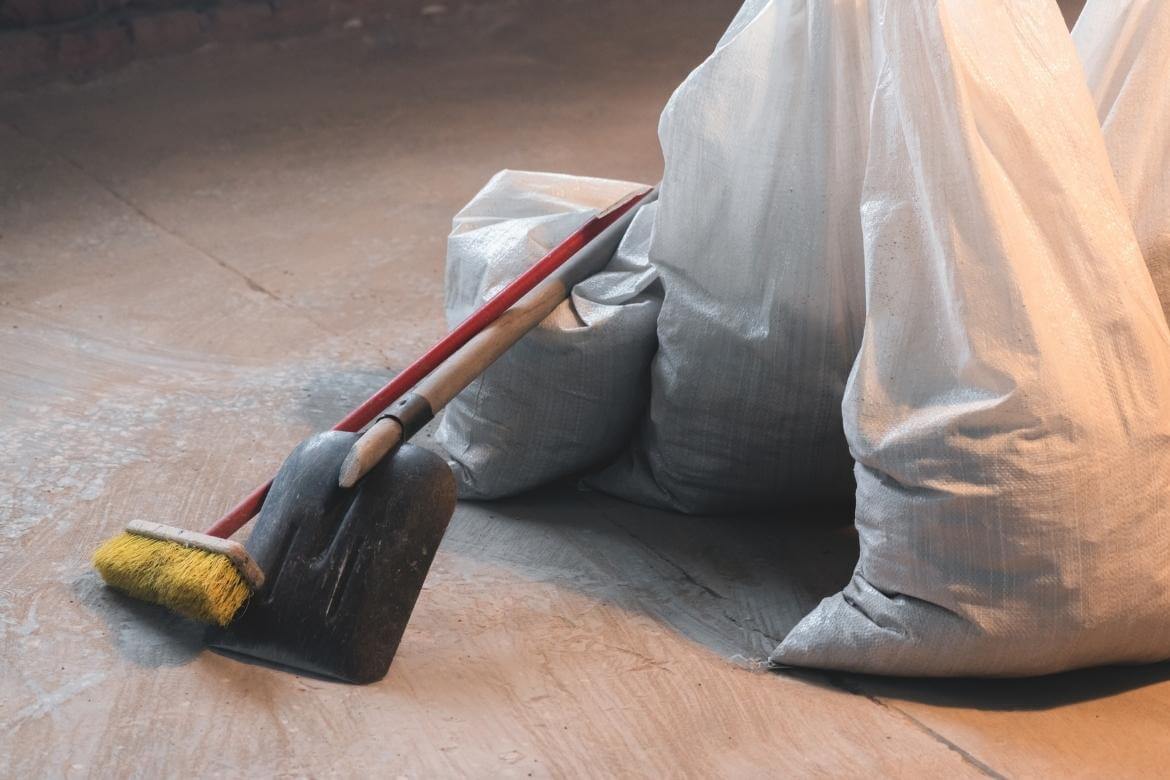18th January, 2023
Why A Positive Health And Safety Culture Needs Negativity
Is your positive health and safety culture an illusion? Without bad news, you can't learn from mistakes, fix problems, and improve your systems. Here's how negativity can improve your health and safety culture.

It takes time and effort to develop a good health and safety culture - a commitment to safety from leadership and active involvement at all levels. A positive health and safety culture is something every business should aim for
Unless that positivity becomes toxic.
What can make your health and safety culture toxic? The delusion of positivity.
When you try to hide - or ignore - negative feedback, issues and problems, it doesn't make your health and safety more positive. It makes it less. And you might not realise it's happening, but your health and safety culture could - unknowingly - encourage this behaviour.
- You reward workplaces with low accident rates
- You reward work sites with no incidents
- It's too much hassle
But you need negative information. Because in any workplace, there are always problems to solve and risks to control.
If you don't hear about these issues, you cant:
- Uncover problems
- Solve big problems
- Solve small issues before they become big problems
- Build trust
1. Uncover problems
You can't solve problems you don't know about.
Every workplace has health and safety problems. Unless, of course, your health and safety system is perfect. And your team never makes mistakes. And you have a crystal ball!
So if you never hear about health and safety problems - they are being ignored or hidden.
That might seem great at the time, as teams hit their safety targets. "Accident levels are dropping!". "Our workplaces are safer than ever!". But problems won't stay hidden for long.
Let's say there is a near-miss on one of your sites. An unsecured ladder falls down. No one was on it, no one was underneath it, and no one got hurt. There's no injury to attend to, and no accident to report. But do you need to know about it?
Yes! Because it could have injured someone - if anyone was using the ladder or under where the ladder fell. And if you don't fix the underlying issue (incorrect use of access equipment), someone will get hurt.

Want to predict the future? Here's 5 examples of how near-miss reporting can stop accidents before they happen.
A positive health and safety culture encourages people to share problems and learnings. You'll have a near-miss report, you'll discuss the issue openly, and consider what you can do to prevent this from happening again.
If you make it hard to report negative information, if people are scared of the consequences and the hassle, your team will:
- Try to hide the mistake
- Close ranks
- Tell people to keep quiet
- Never speak about it again
And that means you can never learn from mistakes. Which means the same problems will repeat over and over again. You can't improve.
If you truly have a positive health and safety culture, learning from mistakes will be encouraged, sharing bad news will be open, and blaming individuals will be minimised.
2. Solve big problems
Maybe you do encourage feedback in your health and safety system. But you don't just want problems - you want ideas and solutions.
"Tell us about problems, and how we can improve!"
If an employee raises an issue, and you always answer with, "Well, how would you do it better?", you'll only hear about the problems that the employee can solve.
But what if the employee can't solve the problem?
They know there's an issue, and they know there's a danger, but they don't know how to make it better. Should they keep quiet?

No! Raising the issue, and bringing it out into the open, means that everyone can put their heads together and come up with a solution.
Maybe another member of staff has seen this problem solved somewhere else. Or perhaps somebody else learnt about a different system on a training course. Or maybe it will turn out that the employee hasn't had the right training and is doing something wrong.
Either way, sharing information, especially negative information, is critical for solving problems and improving safety.
3. Solve small issues
Do you know what's better than solving big health and safety problems? Solving small issues before they become big problems!
Maybe you switched PPE supplier, and some equipment isn't as comfortable as before.
If people feel comfortable raising the issue, you could probably return to your previous supplier or try a different model. If people feel they have to accept what they get given, they might try to avoid wearing it, putting themselves at risk.
Avoiding PPE? Here are 50 reasons you should wear and use PPE.
Or maybe the workplace is untidy. But everyone knows if they mention it, they will be the one left cleaning up everyone else's mess. So everyone keeps quiet, and with each passing hour, the number of trip, slip and fire hazards increases.

Your team should be able to raise small issues without feeling like:
- A trouble-maker
- A snitch
- A moaner
And if your health and safety culture leaves people with these negative feelings, then it isn't a positive culture.
4. Build trust
Every positive health and safety culture needs involvement from the full workforce. From management to apprentices. Every level of your team needs to be committed to working safely, not just for themselves, but to protect every other person too.
Without trust, communication will break.
Workers need to trust that when they report an issue to management, it will get resolved. They need to know that they will not be criticised or resented for raising an issue. They won't be punished or blamed or treated as an inconvenience. And they won't be ignored.
in a positive culture questions about health and safety should be part of everyday work conversations. Management should listen actively to what they are being told by employees, and take what they hear seriously.
If workers think raising the issue is more hassle than it's worth, if it results in unnecessary paperwork, if it causes them problems - then they will simply keep quiet.
And management needs to trust that the information given to them by workers is accurate. If you think you are being lied to, or not told the whole truth, then you have a big problem.

Are people pretending everything is good? Are they only telling you what you want to hear? If you don't know the truth, you won't be getting the critical safety information you need.
- Are corners being cut?
- Are rules being broken?
- Are control measures working?
- Are people safe?
If your health and safety systems only look for the positives and only reward the positives, then that might be all you hear about. But that doesn't make your workplace safer.
Without trust - both ways - you can't know what information is accurate, or what data you can rely on.
If negative news is good for your health and safety culture, how do you know when it's bad? Here are 10 signs of a poor health and safety culture at work.
This article was written by Emma at HASpod. Emma has over 10 years experience in health and safety and BSc (Hons) Construction Management. She is NEBOSH qualified and Tech IOSH.
Better health and safety...
We are here to help you and your business put safety in everything.
Learn MoreRecent posts like this...

Is Health And Safety Training A Legal Requirement?
For all business types, health and safety training will be a legal requirement in one form or another. Your team might need external training courses, qualifications, and certificates. Staff may need in-house inductions, on-the-job training, and toolbox talks. Often, a mixture of both is required.
Read Post
HSE Fee For Intervention Charges Explained
FFI stands for 'fee for intervention', which was introduced under the Health and Safety (Fees) Regulations 2012. FFI aims to recover the HSE's costs, including inspection, investigation and enforcement action, charging businesses that are in breach of health and safety regulations.
Read Post
How To Plan For Better Health And Safety At Work
If you want better health and safety, you need to plan for it. And who doesn't want to stay safer and have fewer accidents and ill health in their workplace? In this blog post, we look at how to plan for better health and safety at work.
Read Post